<< Our Photo Pages >> La Varde - Passage Grave in Channel Islands and Isle of Man in Guernsey
Submitted by JJ on Sunday, 11 February 2001 Page Views: 12473
Neolithic and Bronze AgeSite Name: La VardeCountry: Channel Islands and Isle of Man Island: Guernsey Type: Passage Grave
Nearest Town: St Peter Port Nearest Village: Vale
Map Ref: WV337836
Latitude: 49.502153N Longitude: 2.535948W
Condition:
| 5 | Perfect |
| 4 | Almost Perfect |
| 3 | Reasonable but with some damage |
| 2 | Ruined but still recognisable as an ancient site |
| 1 | Pretty much destroyed, possibly visible as crop marks |
| 0 | No data. |
| -1 | Completely destroyed |
| 5 | Superb |
| 4 | Good |
| 3 | Ordinary |
| 2 | Not Good |
| 1 | Awful |
| 0 | No data. |
| 5 | Can be driven to, probably with disabled access |
| 4 | Short walk on a footpath |
| 3 | Requiring a bit more of a walk |
| 2 | A long walk |
| 1 | In the middle of nowhere, a nightmare to find |
| 0 | No data. |
| 5 | co-ordinates taken by GPS or official recorded co-ordinates |
| 4 | co-ordinates scaled from a detailed map |
| 3 | co-ordinates scaled from a bad map |
| 2 | co-ordinates of the nearest village |
| 1 | co-ordinates of the nearest town |
| 0 | no data |
Internal Links:
External Links:
I have visited· I would like to visit
ShamrockStone tom_bullock have visited here
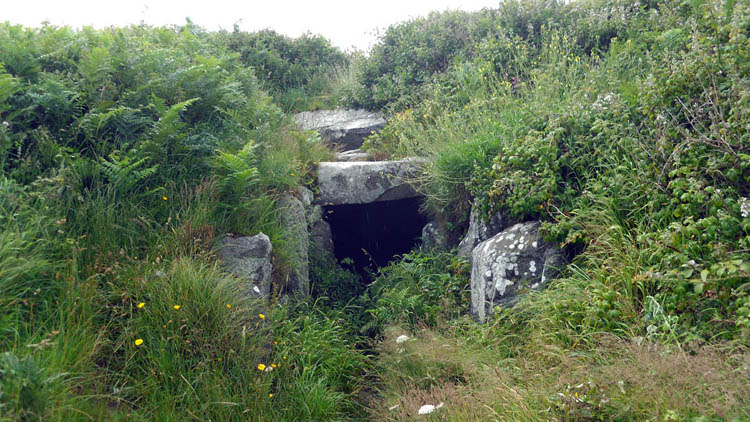
Like Le Trepied and Le Creux es Faies the interior is a bottle shape with no side chambers to speak of.
Access: Perry's guide map square 6B2
You may be viewing yesterday's version of this page. To see the most up to date information please register for a free account.

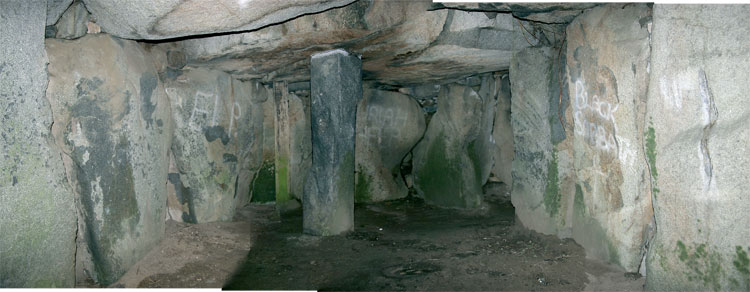

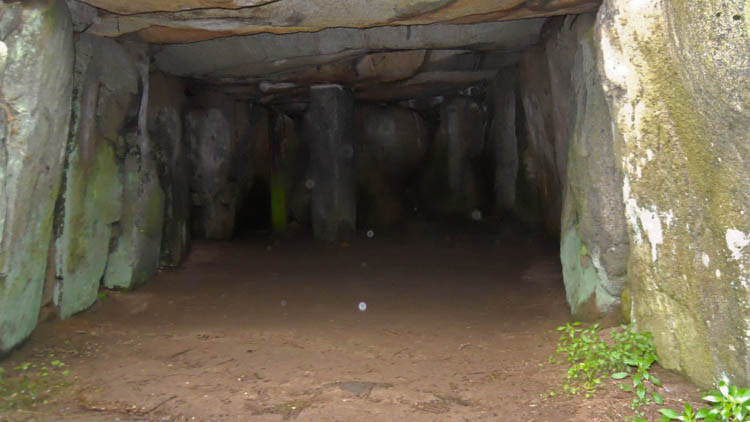
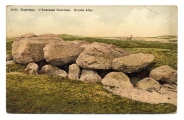


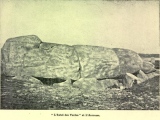

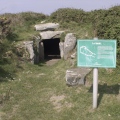
Do not use the above information on other web sites or publications without permission of the contributor.
Click here to see more info for this site
Nearby sites
Click here to view sites on an interactive map of the areaKey: Red: member's photo, Blue: 3rd party photo, Yellow: other image, Green: no photo - please go there and take one, Grey: site destroyed
Download sites to:
KML (Google Earth)
GPX (GPS waypoints)
CSV (Garmin/Navman)
CSV (Excel)
To unlock full downloads you need to sign up as a Contributory Member. Otherwise downloads are limited to 50 sites.
Turn off the page maps and other distractions
Nearby sites listing. In the following links * = Image available
290m ESE 105° La Mare es Mauves* Burial Chamber or Dolmen
367m E 97° Martello 7* Stone Circle
465m SSW 193° La Platte Mare* Burial Chamber or Dolmen
536m SSW 194° Les Fouaillages* Burial Chamber or Dolmen
1.1km SSW 195° St Michel Du Valle* Not Known (by us)
1.4km WSW 254° Rousse Cists* Cist
1.6km SSW 209° Sandy Lane* Burial Chamber or Dolmen
1.6km SSW 203° L'Islet* Burial Chamber or Dolmen
1.8km SE 135° La Roque qui Sonne* Passage Grave
2.2km ESE 105° Le Dehus* Burial Chamber or Dolmen
2.4km S 176° Route St Clair* Standing Stone (Menhir) (WV339812)
2.7km SSE 168° La Pointue Rocque* Standing Stone (Menhir)
2.8km SSE 161° Delancey* Burial Chamber or Dolmen (WV346810)
3.2km WSW 244° Port Soif Dolmen* Burial Chamber or Dolmen
3.4km S 183° Le Chateau Du Marais* Artificial Mound
4.7km S 185° La Petite L'Hyvreuse Passage Grave
4.9km S 186° La Pierre de L'Hyvreuse Standing Stone (Menhir)
4.9km SSW 192° Courtil D'Ydol de St Jacques Standing Stone (Menhir)
4.9km SSW 197° La Grande Pouquelaye Passage Grave
5.2km SSW 192° La Petite Longue Rocque des Granges* Standing Stone (Menhir) (WV326785)
5.5km SSW 209° Castel (Guernsey)* Standing Stone (Menhir) (WV311788)
5.5km S 173° Guernsey Maritime Museum Museum
6.5km ESE 115° Petit Monceau* Burial Chamber or Dolmen
6.6km ESE 113° The Common (Herm)* Burial Chamber or Dolmen
6.6km ESE 115° Robert's Cross* Burial Chamber or Dolmen
View more nearby sites and additional images

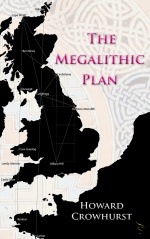

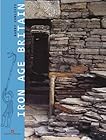


 We would like to know more about this location. Please feel free to add a brief description and any relevant information in your own language.
We would like to know more about this location. Please feel free to add a brief description and any relevant information in your own language. Wir möchten mehr über diese Stätte erfahren. Bitte zögern Sie nicht, eine kurze Beschreibung und relevante Informationen in Deutsch hinzuzufügen.
Wir möchten mehr über diese Stätte erfahren. Bitte zögern Sie nicht, eine kurze Beschreibung und relevante Informationen in Deutsch hinzuzufügen. Nous aimerions en savoir encore un peu sur les lieux. S'il vous plaît n'hesitez pas à ajouter une courte description et tous les renseignements pertinents dans votre propre langue.
Nous aimerions en savoir encore un peu sur les lieux. S'il vous plaît n'hesitez pas à ajouter une courte description et tous les renseignements pertinents dans votre propre langue. Quisieramos informarnos un poco más de las lugares. No dude en añadir una breve descripción y otros datos relevantes en su propio idioma.
Quisieramos informarnos un poco más de las lugares. No dude en añadir una breve descripción y otros datos relevantes en su propio idioma.